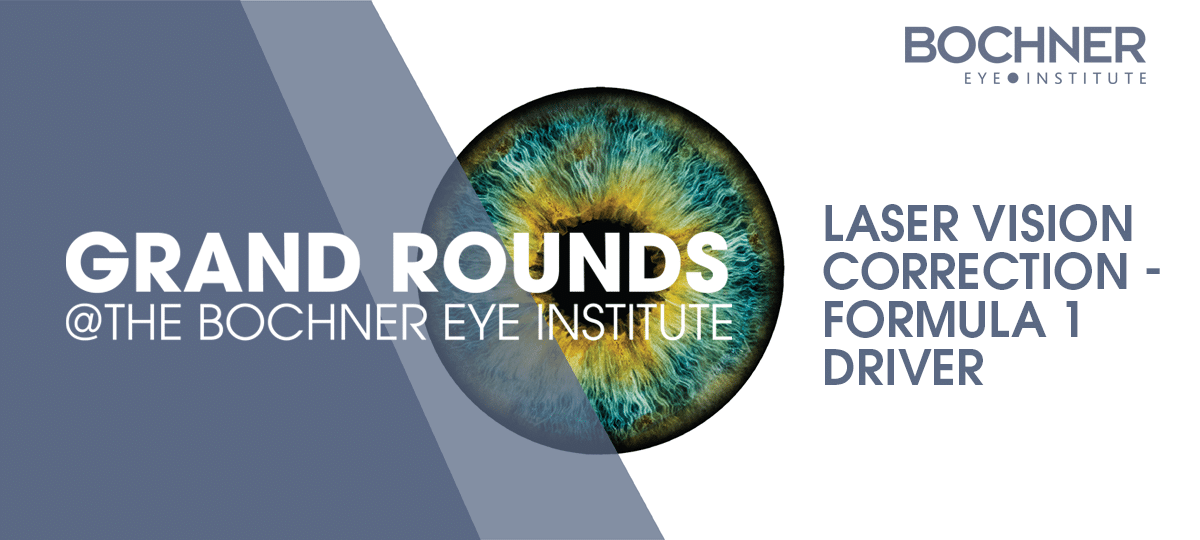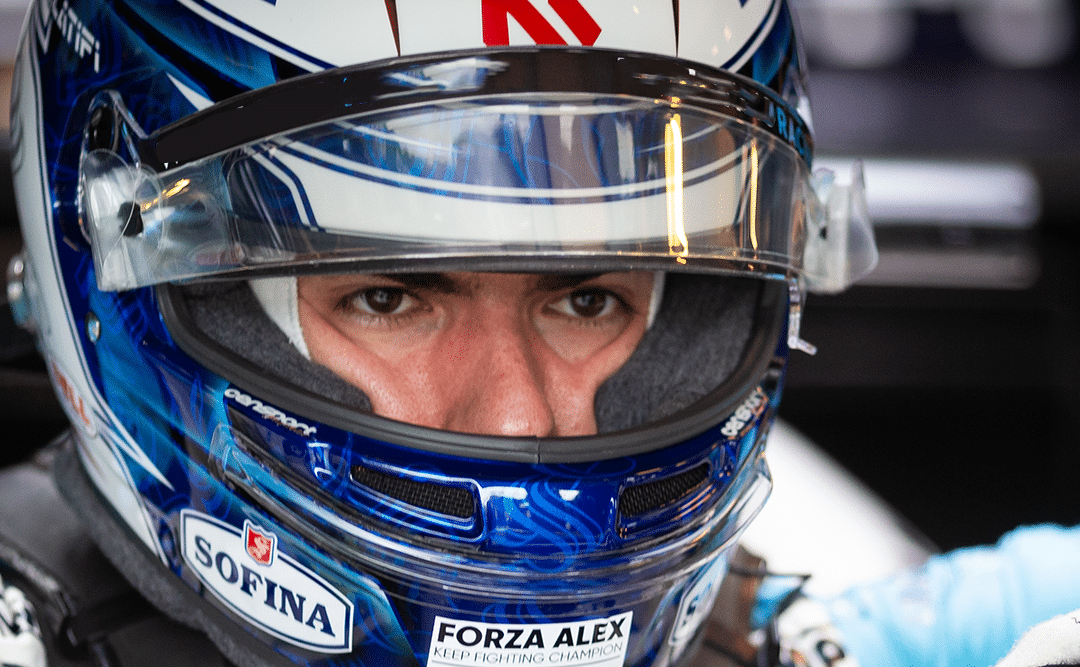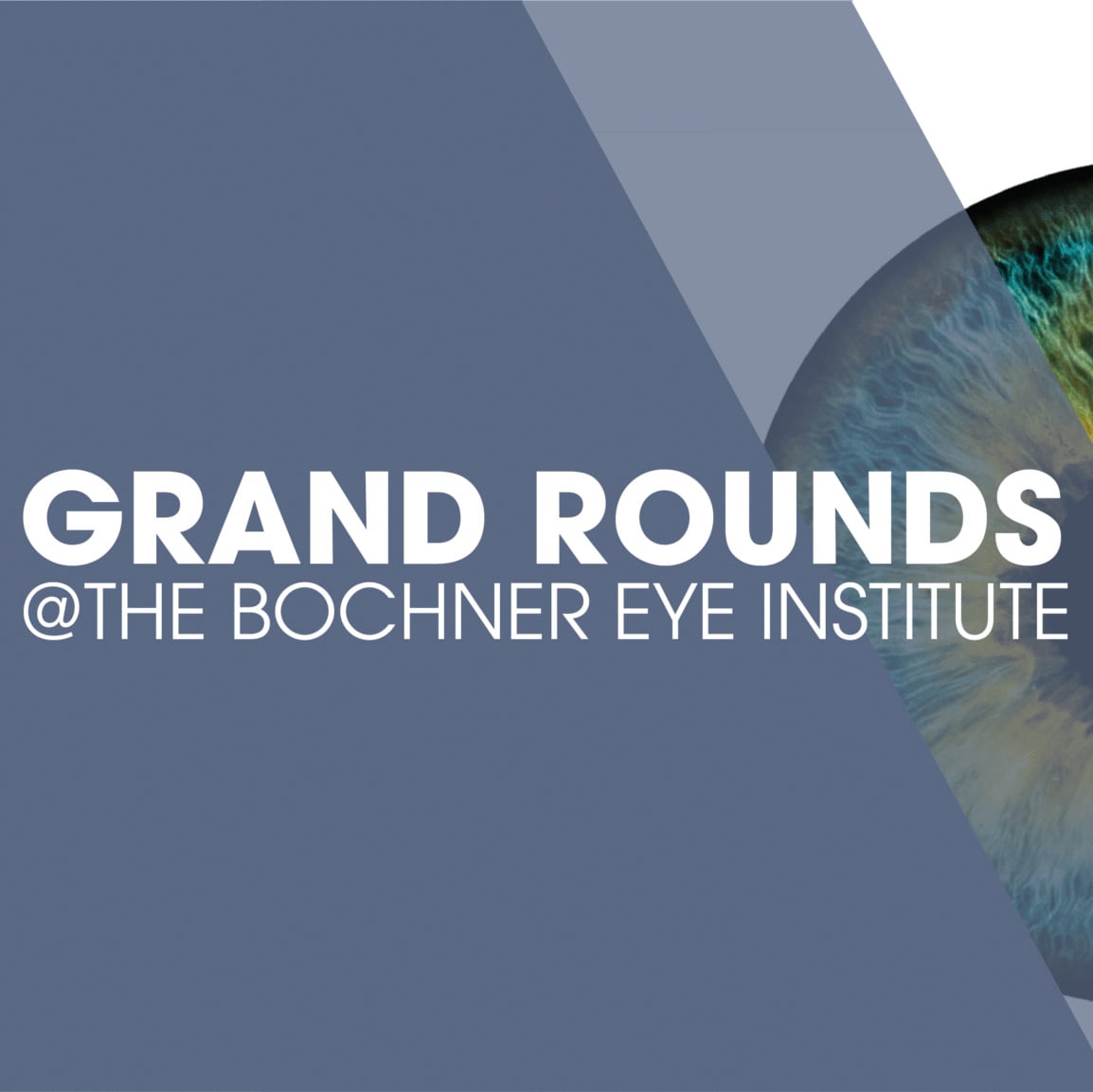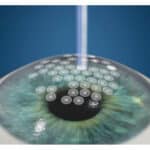

CASE OVERVIEW

PROCEDURE & OUTCOME:
After discussing the risks and benefits of LASIK, he underwent the procedure using a femtosecond laser to create a thin corneal flap and the Allegretto 500 kHz laser for a wavefront-optimized ablation.
Postoperatively, he achieved 20/15 vision in both eyes and was highly satisfied with the outcome. Once healed, he returned to Europe and the world stage to resume racing in the Formula One events. He noted a significant improvement in vision quality compared to his previous soft toric contact lenses or glasses.
KEY TAKEAWAYS:
1. CHALLENGES WITH SOFT TORIC LENSES:
- Toric lenses can be effective, but even a 5–10° rotation can significantly impact vision quality.
- Higher-order aberrations increase with larger pupil sizes (4 mm to 6 mm), more than doubling for each millimeter increase. Hwang et al. (2021)
- In high-speed activities like racing, even minor distortions can affect performance.
- Contact lenses can also fall out or be dislodged with significant safety issues.
2. LIMITATION OF GLASSES FOR ATHLETES:
- With moderate or higher prescriptions, head movement is required to maintain clear vision through the center of the lens.
- In high-speed sports, quick eye movements (rather than head movements) are often crucial for optimal performance.
- Glasses can fog up or move around under a helmet, which can reduce a driver’s vision.
- F1 drivers need excellent vision and visual skills to avoid collisions, react quickly, and have good depth perception.
3. FORMULA 1 DRIVERS AND GLASSES:
- As of January 2025, no current Formula 1 drivers wear prescription glasses while racing.
- It’s worth noting that Formula 1 regulations permit drivers to wear glasses while racing, and helmets can be customized to accommodate them. In 2002, Ralf Schumacher received approval from the Fédération Internationale de l’Automobile (FIA) to wear glasses during races, leading his helmet manufacturer to develop padding with channels for the frames.
- Formula 1 drivers are allowed to wear glasses during races, but most opt for contact lenses or corrective surgery for better comfort and performance.
CONCLUSION:
For professional and recreational athletes, maintaining stable and clear vision is critical. Contact lens rotation can compromise visual clarity, which is why many athletes explore alternatives. Glasses provide optimal vision when looking through the lens center, relying on head movement rather than eye movement. However, this can be less practical in high-speed, dynamic environments. Laser vision correction offers a compelling solution, improving visual quality and reducing reliance on glasses or contact lenses.



